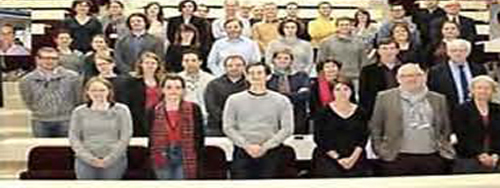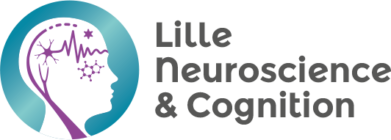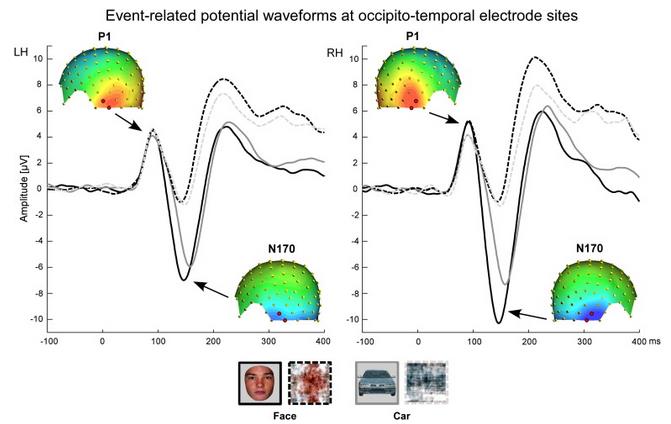Degenerative and vascular cognitive discorders

Presentation
This team, made up of clinical and pre-clinical researchers, is multidisciplinary. It is located at the interface between neurology, pharmacology and imaging. The research project is focused on the translational, transnosographic and multimodal study of cognitive disorders associated with degenerative processes or neurovascular lesions, starting from the observation that the mechanisms are entangled.
- VISUAL COGNITION
Project
Our team develops studies in behavioral neuroscience. Our objective is a better understanding of the physiological and cognitive mechanisms underlying neuro ophthalmic pathologies, especially glaucoma, an ocular pathology characterized by a progressive loss of optic nerve fibers and glanglion cells. Our studies use the methodology of psychophysics, including eye movements, and electrophysiology.
Our studies are articulated around two main axes:
- The mechanisms underlying the deficits of functions reliant on central vision (face, facial emotions and object perception) in glaucoma, and their consequence on social cognition.
- The understanding of performance related to perception-action and its link to spatial cognition including visual attention, spatial orientation and the use of numerical devices, in people with visual defects and in normal aging.
Team: Muriel Boucart(DR CNRS - HDR), Quentin Lenoble (MCU - HDR), Jean Francois Rouland (PUPH ophtalmologie -HDR), THC Tran (PH Ophtalmologie -HDR), Clémentine Garric (Doctorante), Celine Tonvan (Assistante des Hôpitaux ophtalmologie) ; Internes ophtalmologie : Louis Beal, Aurelien Stelandre, Adele Mekerke, Elvia Ferry, Edouard Blankaert, Theophile Davost
ERP evidence for the speed of face categorization in the human brain: Disentangling the contribution of low-level visual cues from face perception. Rossion & Caharel, 2011.
Highlights
- Completion of a 5-year collaboration with Pr AM McKendrick (Lab optometry and vision science university of Melbourne) on object and face perception in glaucoma in the framework of a PICS (international Program for Scientific collaboration) between the CNRS and Australia.
- Collaboration with Pr D Crabb (city university London) on the difficulties faced by patients with glaucoma to use numerical devices, funded by a regional grant.
- Development of studies in EEG on patients with glaucoma with the collaboration of Pr S Caharel (Nancy) and Dr Y Wamin (Lille).
Publications
Schafer A, Rouland JF, Peyrin C, Szaffarczyk S, Boucart M. Glaucoma Affects Viewing Distance for Recognition of Sex and Facial Expression. Invest Ophthalmol Vis Sci. 2018 Oct 1;59(12):4921-4928. doi: 10.1167/iovs.18-24875.
Garric C, Rouland JF, Lenoble Q. Glaucoma and computer use: do contrast and color enhancements improve visual comfort in patients? In press, Ophthalmology Glaucoma, 2021
Stievenard A, Rouland JF, Peyrin C, Warniez A & Boucart M. Sensitivity to central crowding for faces in patients with glaucoma. Journal of Glaucoma, 2021 Feb 1;30(2):140-147. doi: 10.1097/IJG.0000000000001710.

